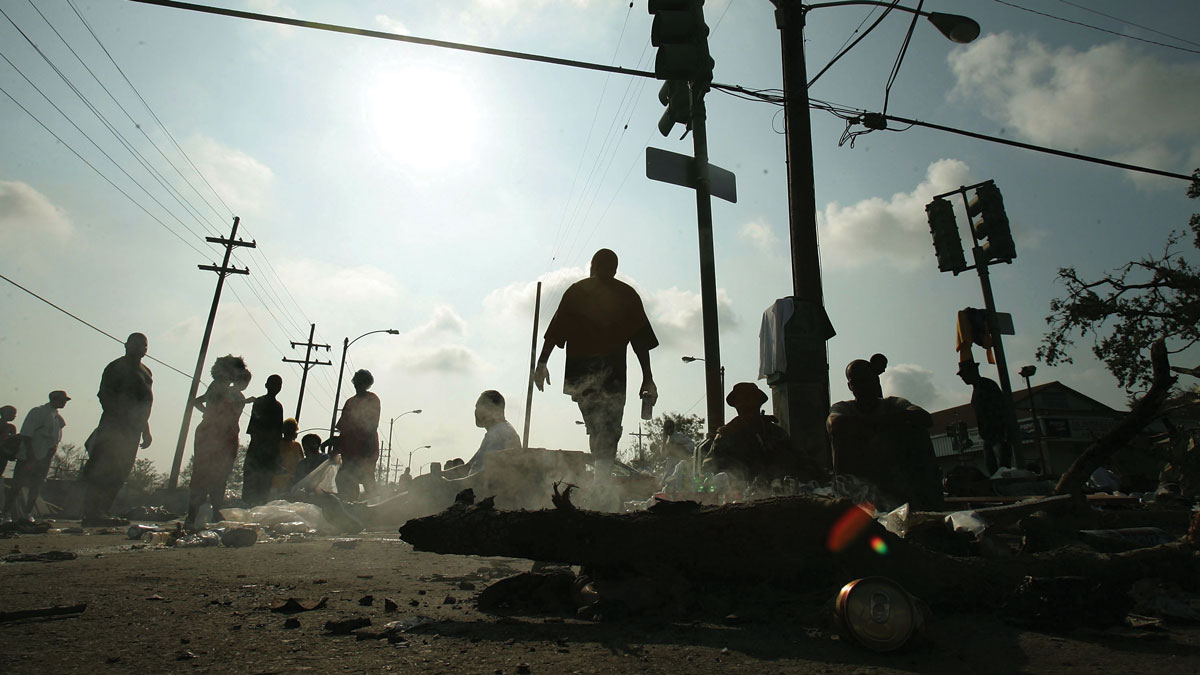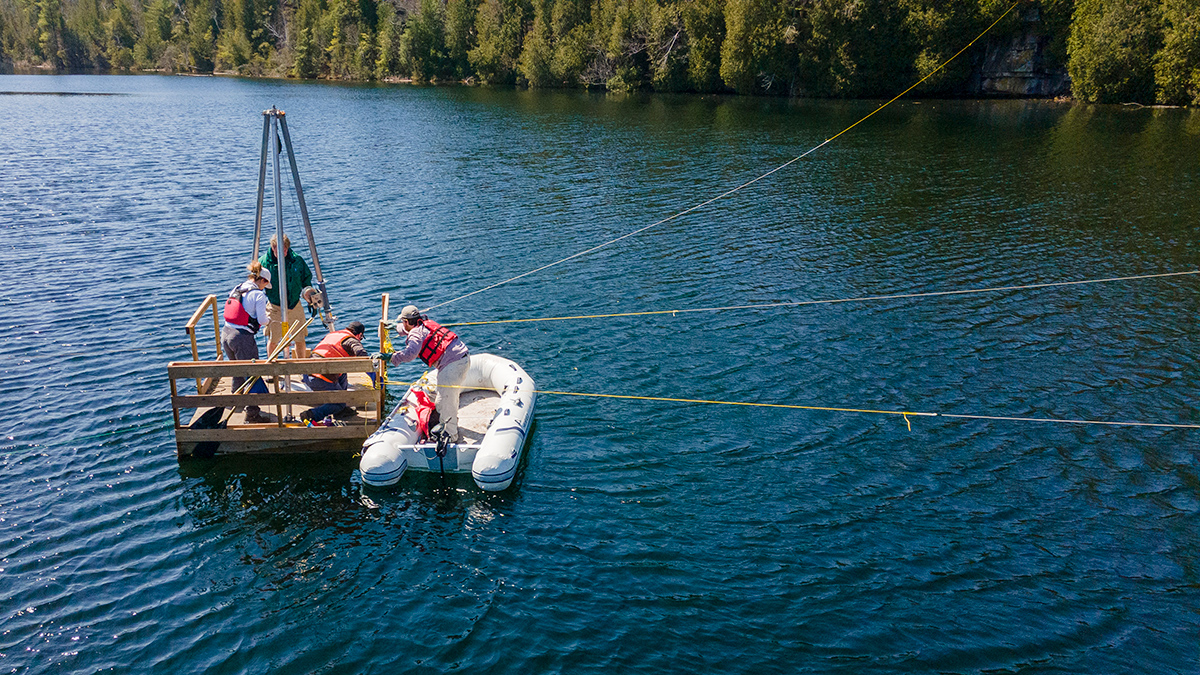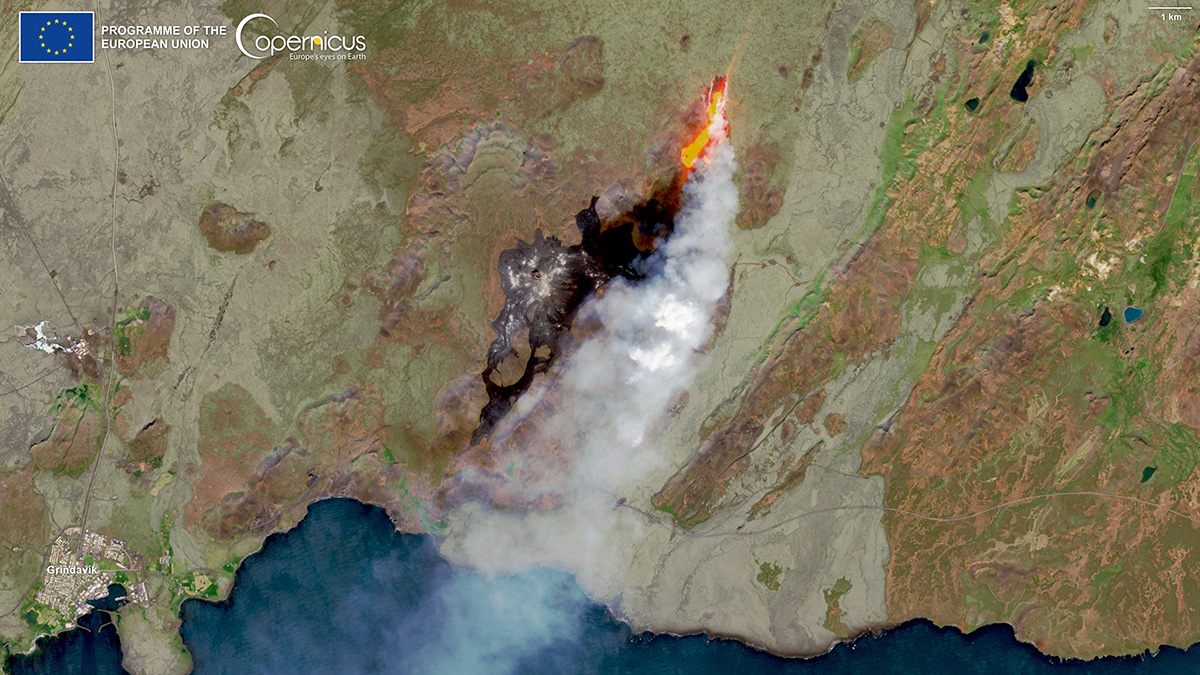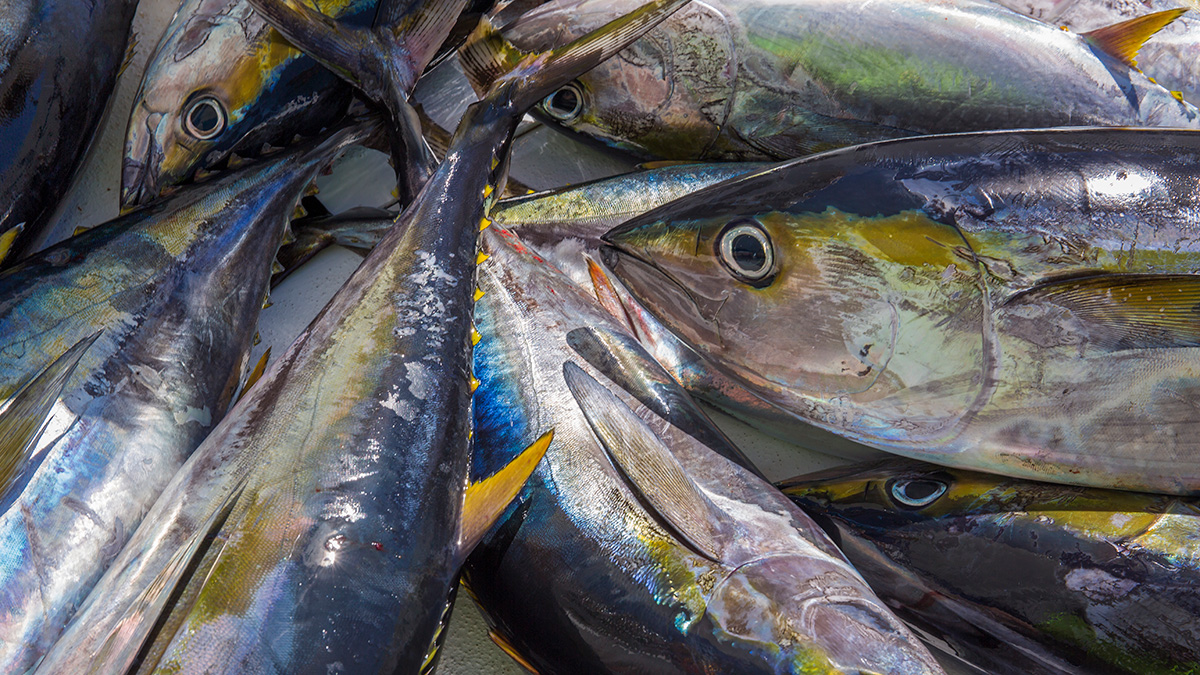Dust from Alaska is particularly effective at forming ice crystals because it contains biological components, researchers believe. The finding has implications for cloud physics and our planet’s climate.
Katherine Kornei
Katherine Kornei is a freelance science journalist covering Earth and space science. Her bylines frequently appear in Eos, Science, and The New York Times. Katherine holds a Ph.D. in astronomy from the University of California, Los Angeles.
Наконец-то найдено объяснение загадочным “камням дзен”
Лабораторные эксперименты позволили воссоздать тонкие ледяные пьедесталы, поддерживающие некоторые горные породы в природе, и выяснить, что сублимация играет ключевую роль в формировании этих редких и красивых структур.
El costo a la salud mental del cambio climático
Investigadores están reconociendo cada vez más las diversas maneras en que la crisis climática global está afectando nuestra salud mental.
Temperature Extremes Hit Lower- and Middle-Income Countries Hardest
Smaller cities in these regions are less likely to have infrastructure to deal with extreme climates.
A Lake Paves the Way for Defining the Anthropocene
Scientists recently voted to designate Crawford Lake, a small body of water in southern Canada, as the reference site of the “Age of Man.”
Herbivore Diversity Helps Maintain Arctic Tundra Diversity
A long-term experiment in southwestern Greenland reveals that the presence of musk oxen and caribou helps stave off declines in Arctic tundra diversity brought on by climate change.
Precisely Synced Clocks Pave the Way for New Science
Researchers working on Hawaiian mountain tops precisely synchronized two clocks with unprecedented efficiency, demonstrating the potential to create networks of such clocks for geodesy and more.
Scientists Discover a Way of Forming Suspended Layers of Sediment
Laboratory experiments suggest that underwater gas eruptions—due to the venting of gas hydrates, for example—could trigger the formation of layers of suspended sediment in the ocean.
La tercera es la vencida para el Fagradalsfjall de Islandia
La región volcánica que hizo erupción en 2021 y 2022 después de más de 7 siglos de estar dormida, lo está haciendo de nuevo.
Las protecciones marinas no afectan la captura de peces en México
La captura de especies como el atún y el pez espada no disminuyeron después de que un área marina protegida del tamaño del estado de Nueva York fuera establecida en las costas de México en 2017.










